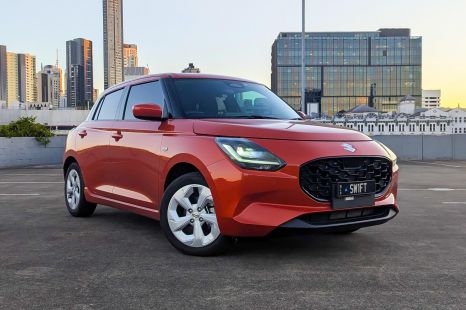

William Stopford
2025 Suzuki Swift Plus review
5 Days Ago

Contributor
Damien Meredith is driving one of Australia’s fastest-growing car brands.
Kia has grown from a bargain-basement hatchback specialist into a challenger for Ford, Hyundai, and Mazda on the back of its strong warranty and rapidly-improving range of cars.
It this year outsold its Korean development partner, Hyundai, in two consecutive months for the first time, and is preparing to roll out a range of updated or all-new cars later this year.
May and June were tough, but Mr Meredith argues things are still looking up.
Here, we talk about what’s coming for Kia, the appeal of its warranty, the move to online sales, and electric vehicles in Australia.

Damien Meredith: We’re obviously pretty happy with how the first half of the year has gone.
The volume’s okay, the market share is okay for year-to-date. I just think there’s going to be a lot of variation in reporting in probably the next few months with manufacturers, mainly through supply.
I think supply’s going to be inconsistent for the majority of manufacturers, and you’ll see some ups and downs in regards to market. It’ll be an interesting six months.
DM: I hate using supply as an excuse – I don’t like using excuses for anything to be quite honest, it comes to our performance. We were curtailed with tight supply in that period, but the good news is that we’re in good shape now.
We’ve got good shipments coming through this quarter, so we’re in effect nearly back to normal with our supply.
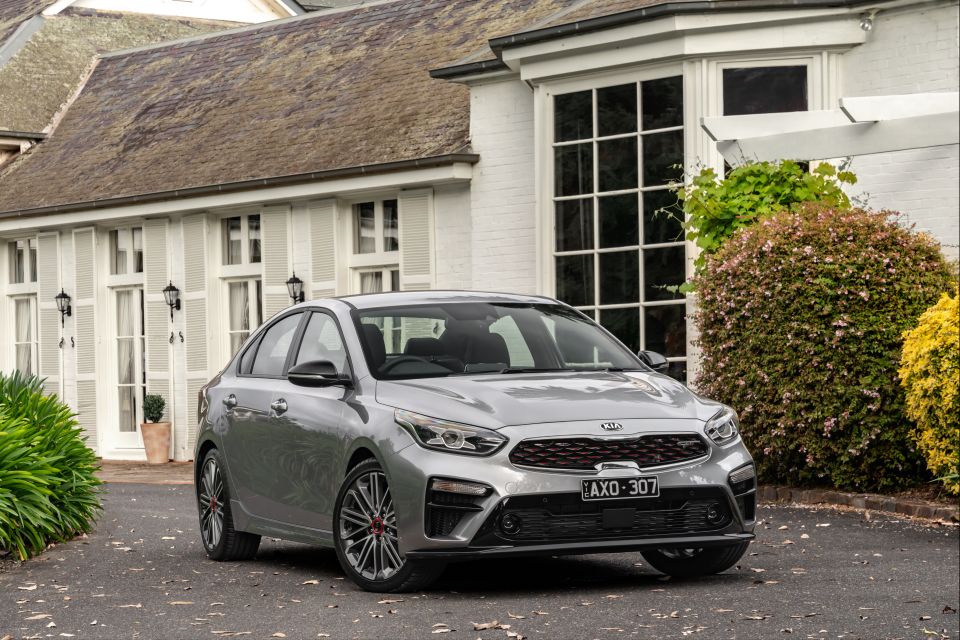
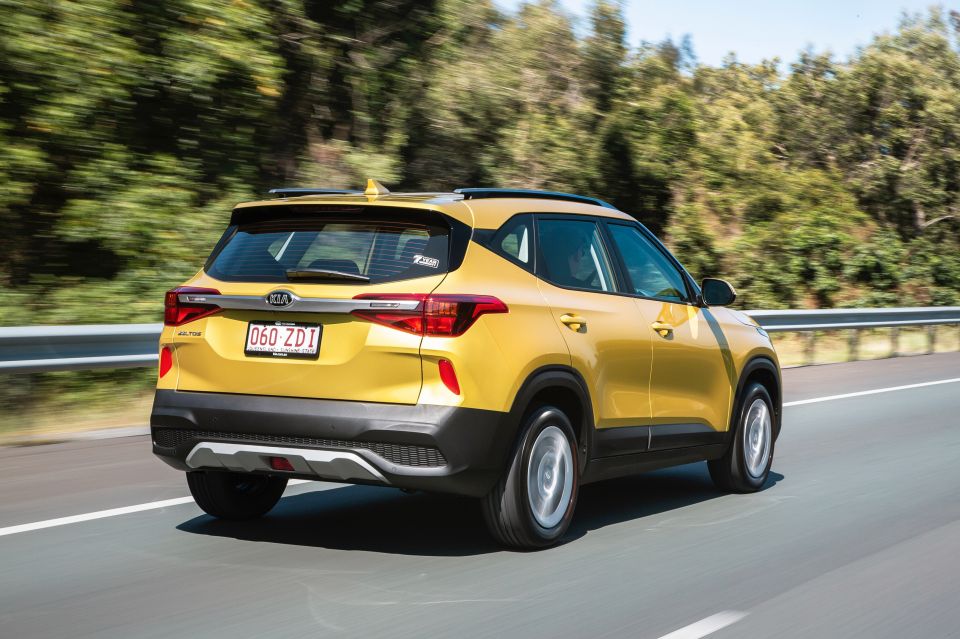
DM: Our quarterly supply of stock will be good, yes.
DM: It’s always a relief when you’ve got cars to sell.
DM: Ahh, basically what I said a minute ago. I said we were in a good position in regards to inventory, we had cars on ground, and our consistency through that with regards to our communication and our offerings, I think that helps a lot.
And I’m pretty confident this will help us this quarter. So I think you’ll see a lift in our market share from May and June, back to close to six per cent in this quarter.
I’m confident that we can not be in the same situation we were in April, but we’ll be back to what our normal level is.
DM: First and foremost, we’ve got great product.
Second and foremost is that we have been able to tell people that we have got good product.
And thirdly I think seven year warranty, as I always say, it’s given people permission to look at our brand.
You put those ingredients together and if it’s a good mix, you get a pretty good result – and I think that’s what we’ve been able to do.

DM: The first, Scott!
DM: Good question. I think that it’s still very relevant, and I think what’s been happening in the marketplace is that a few of the top 10 manufacturers have been dipping their toe in and out of seven-year warranties over quite a long period of time.
As you know, Holden tried it and Honda tried it. A few other have tried it.
It think what it does is, that’s a confusing message. Getting back to that consistency again with our brand, you know that when you walk into a Kia dealership you know that you’re going to get a seven-year warranty.
It’s not going to be on sale, it’s not going to be part of a program – you know you’re going to get it. That certainty and consistency helps dramatically in the sales cycle, no question about it.
To answer your question, it’s still very important.
DM: We’re always looking at whether or not it needs to be increased.
When and where… If the time comes that we have to do it, we’ll look at all the permutations and combinations, and if it’s the right time we’ll go.
If it’s not, well, we’ll just keep studying it, looking at what’s right for the consumer, what’s right for the market, and what’s right for Kia Motors.
DM: Well we’re only halfway through the seven years, so I can’t talk about those people – we’re actually six years through aren’t we, on October 1st it’s six years.
It’s probably a bit early to tell, but what I can tell you is that if you want to change the emphasis of a brand, you’ve got to give the customer, the consumer a reason to look at you.
Seven-year warranty we’ll be ever thankful for, because that’s what it’s done. If you look at the feedback we get from customers now, it’s: “I really love the car, it’s great, seven-year warranty was what really got me to look at the Kia product”.
I’ve said this a few times, but what we’ve got to do is, we’ve got to flip the equation from people saying, “It’s a Kia, I bought it because it’s got a seven-year warranty and by the way, it’s a great car” – we’ve got to get people saying, “It’s a great car, and it’s got a seven-year warranty”.

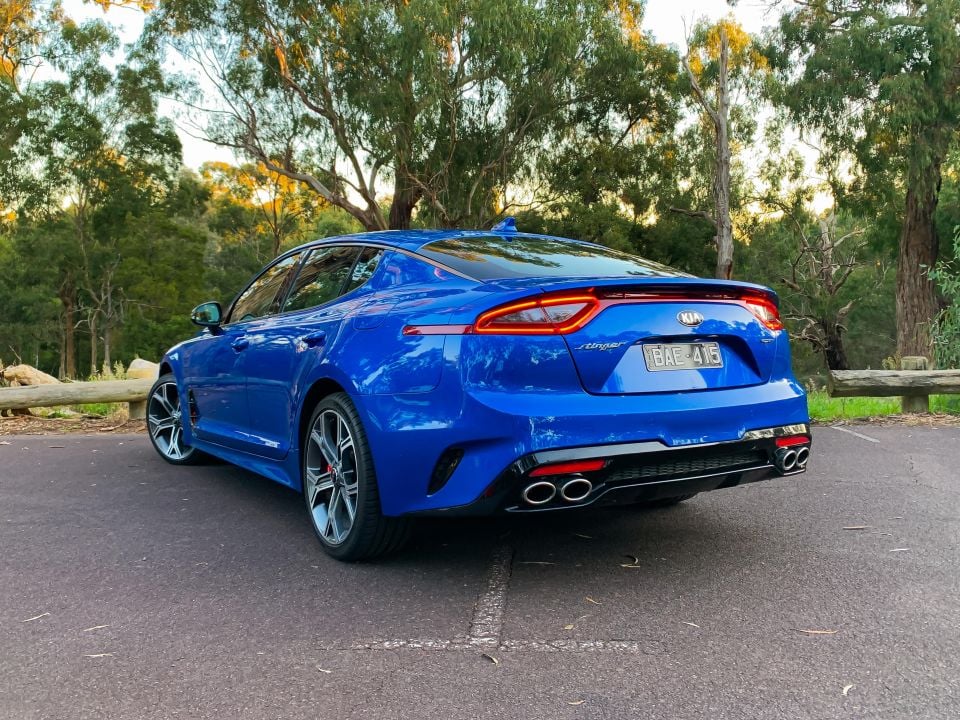
DM: We did 240 Stingers – 243, I think – last month. That was our biggest month ever.
There’s only one thing better than a duopoly and it’s a monopoly.
We’re really happy with what Stinger’s been able to do for the brand. It’s given us a sharpness in regards to performance that we never had before, and the effect that it’s had on the brand has been fantastic.
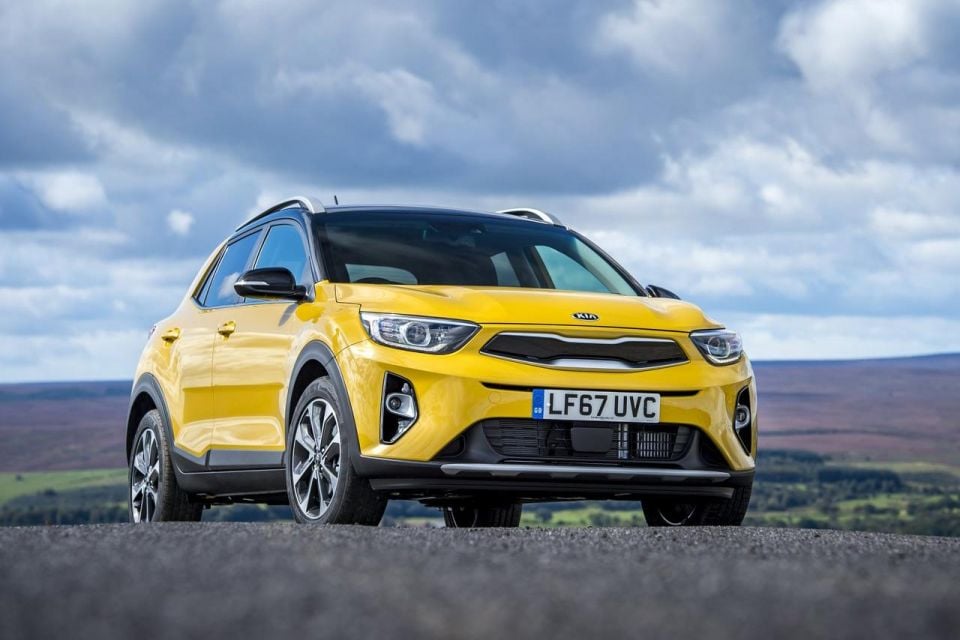
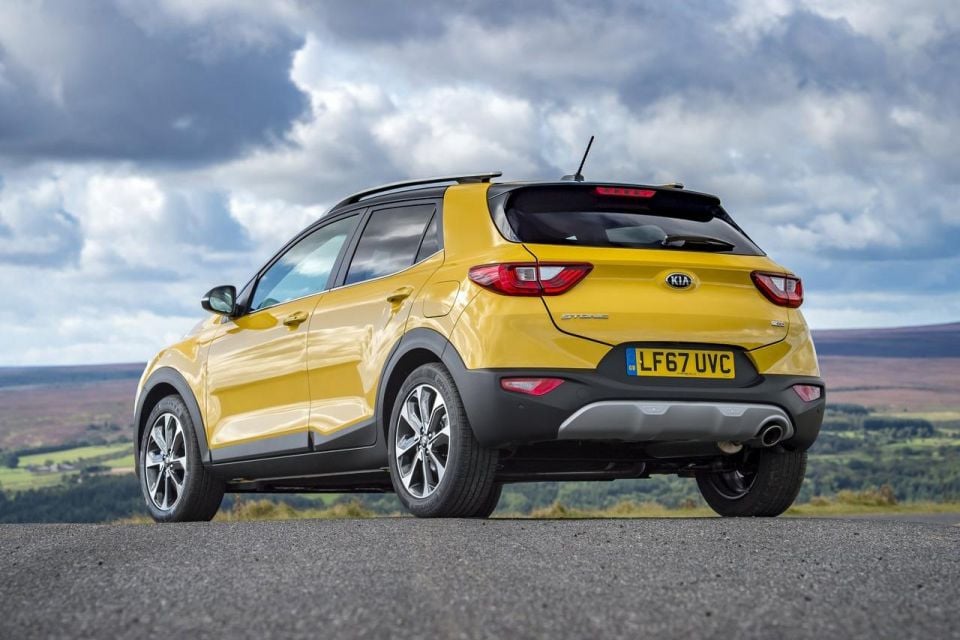
DM: We expect Stonic to be on sale later this year, the last two months of this year.
On sale November [to] December.
DM: We think that it’ll be low-$20,000s.
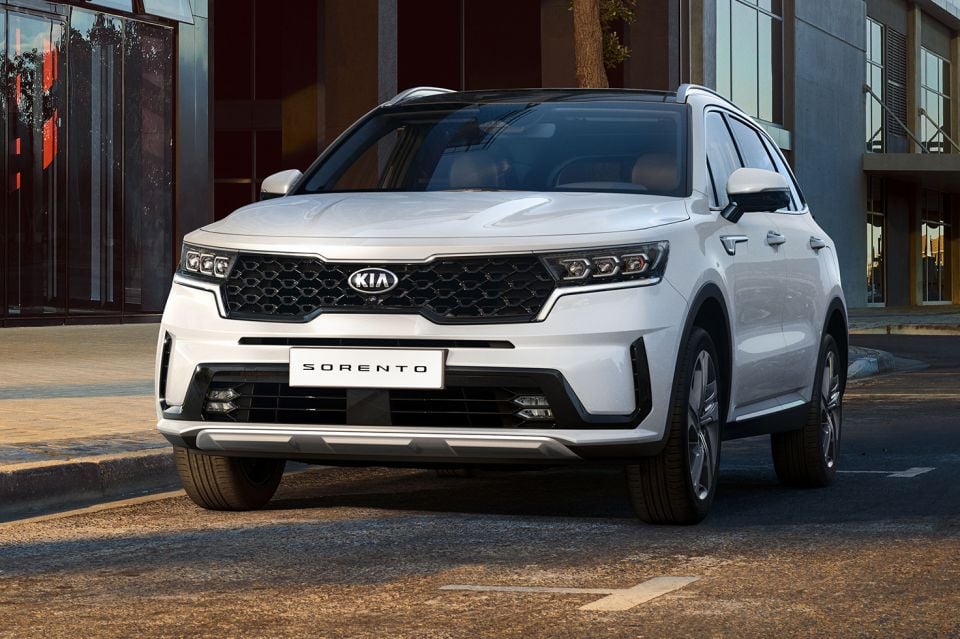
DM: We would expect new Sorento to be on sale in September, so that just sneaks into this third quarter.
DM: We’ve had a couple of pre-production cars here, and I don’t think I’ve seen more excited people than… our staff have a look at the car before it’s launched when they get the pre-production models out.
I think that this is the most excited I’ve seen them in regards to looking at a car. So it’s got high expectations.
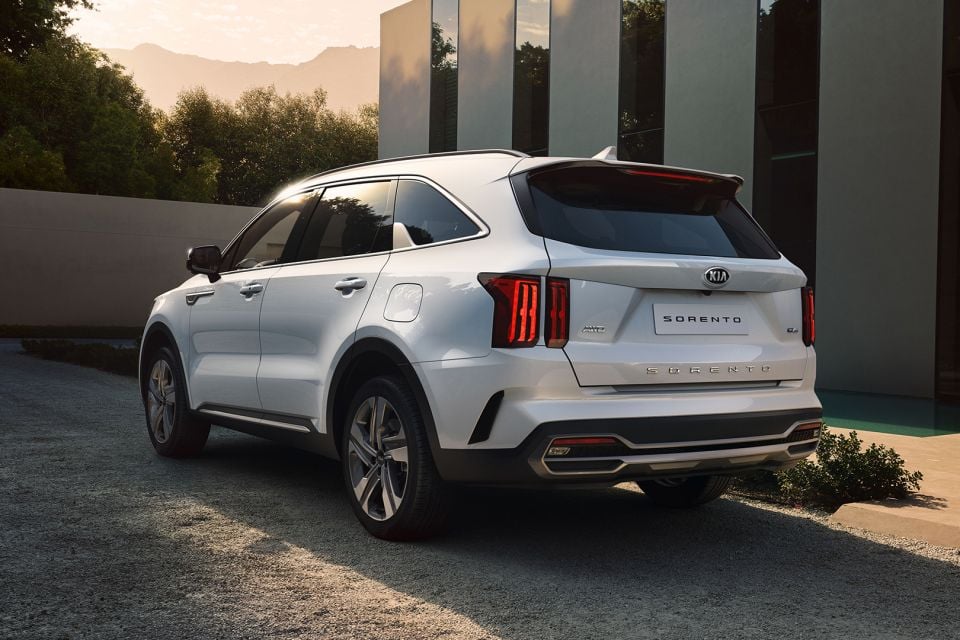

DM: It still hasn’t been decided, but we’ve certainly looked at both the hybrid and the plug-in at later dates during its lifecycle.
It hasn’t been decided whether or not we’ll go, but it’s certainly looked at.
DM: No no, we’ll be able them in right-hand drive, that’s okay. It’s really a pricing discussion to be quite honest.
DM: We’re pretty confident in our product. If we can get it in the right pricing so it can compete against other brands that have similar line-ups and similar products, we’ll certainly go.
It’s not a right-hand drive issue, it’s more a pricing issue.
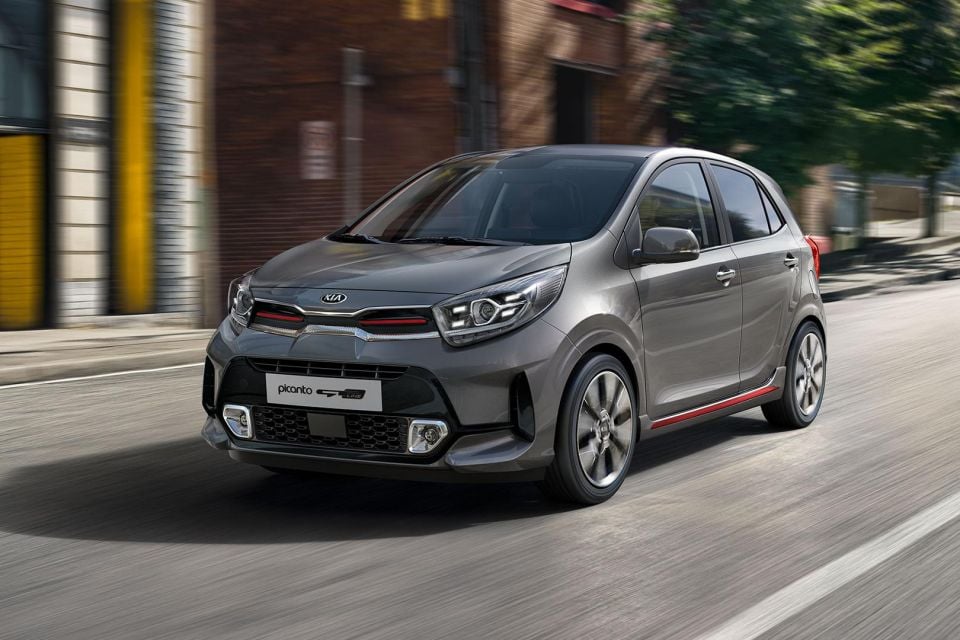
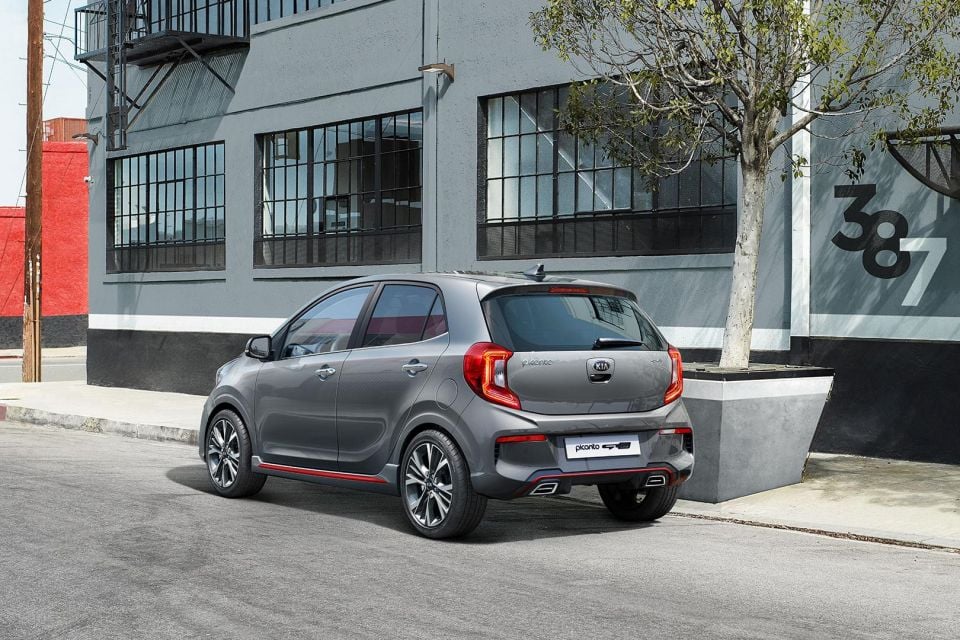
DM: I was waiting for a loaded question! I wouldn’t say it’s frustrating.
You’d be well aware that we put a lot of spec into our cars these days and charge what we think is a fair and reasonable price for it.
Probably a big part of the jigsaw puzzle of why we’ve been able to grow, and be more successful now than we were in years gone by.
No it’s not frustrating, and we select the specification for what we think the market wants, and then work out that sometimes difficult balance between specification and pricing.
We’ll always look at that balance. I think it would be fair to say we don’t quibble on safety with new product coming through, we’ve just always got to get that balance right. I’ve got a lot of faith in our product planning team, and our R&D in Korea to give us the right options.
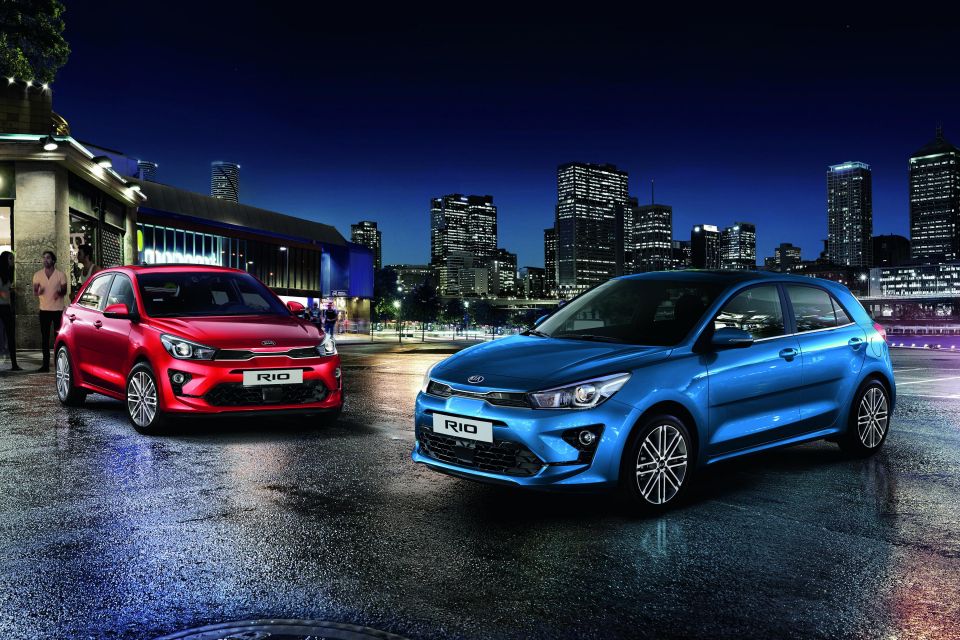
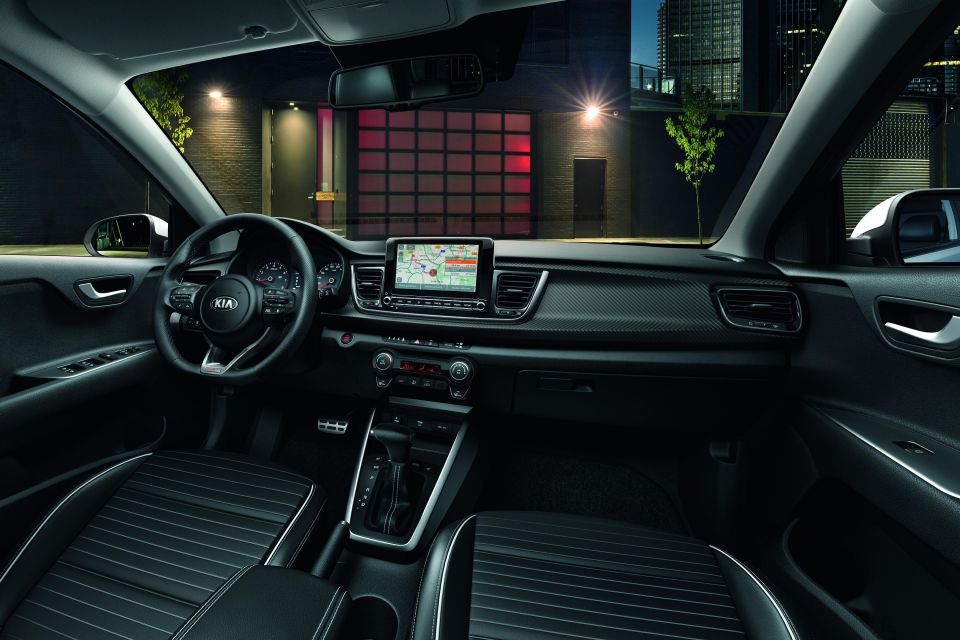
DM: No, I think what’s happened over a long period of time is, people that are looking for those first cars – and I always use the example of your daughter going to uni for the first time – you’ve got to get that balance right in between safety, pricing, ‘it looks good mum and dad’, all those things.
If you get that mix correct, that’s where the sweet spot is. I think we’ve proven that, we don’t skimp in regards in specification when it comes to safety.

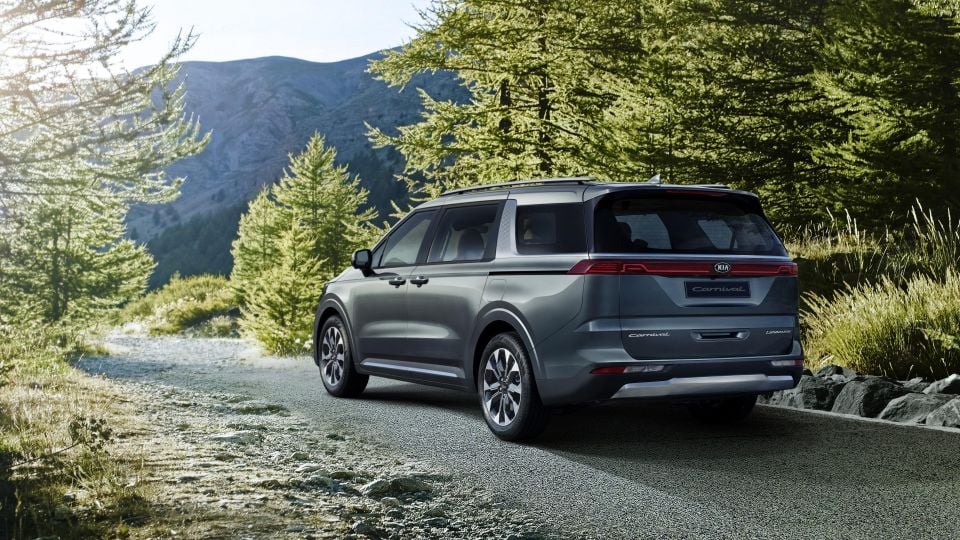
DM: Pricing hasn’t been finalised on Carnival at this point in time, so it’s only early days in regards to how we’re going to position it.
But again, it gets back to specification and size. At this point in time, I would says it will see similar pricing strategies to the car. I don’t think you’ll find a big jump in that, but like anything if you’re adding specification the vehicle’s going to be more expensive.
We haven’t decided what our pricing strategy will be at this point in time with Carnival.
DM: I would have liked an EV range two years ago.
Unfortunately supply and government legislation are the drivers for Kia globally in that regard.
So if countries have legislation that requires EVs in that part of the world they get first dibs, which is fair enough, it makes sense.
We’re still working very, very hard to get an EV line-up going in Australia. I think we’re close, but it just hasn’t been finalised.
DM: In an ideal world we could’ve had them here two years ago! [Laughing]
We would be looking at certainly 2022.
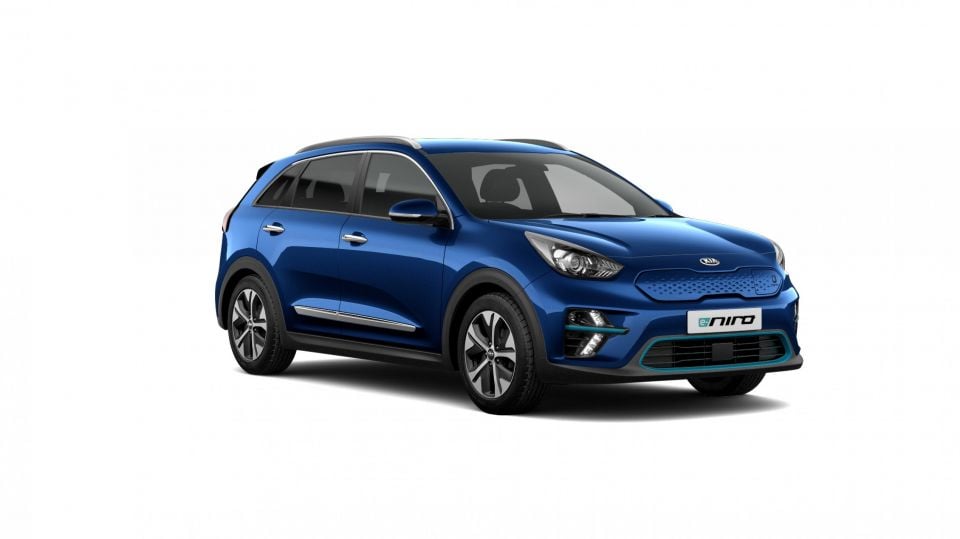
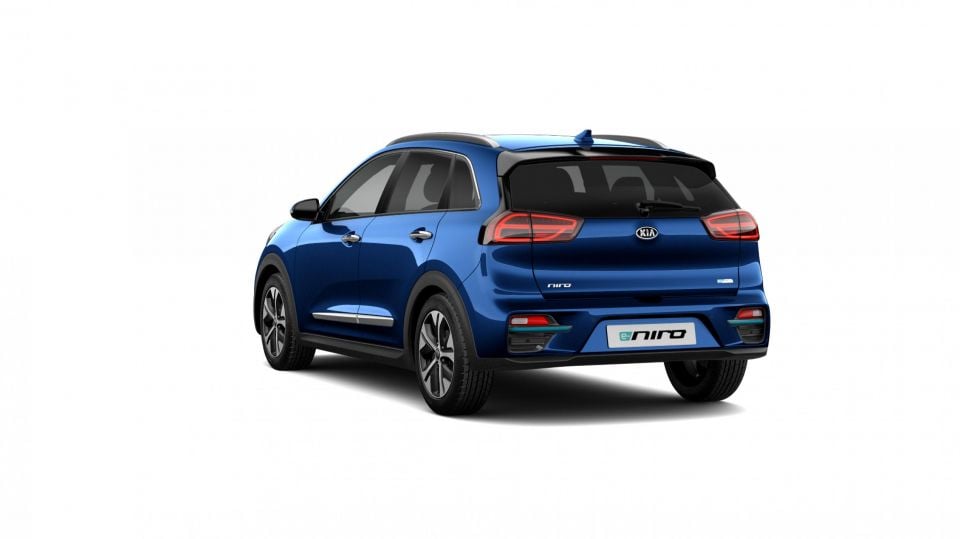
DM: I’m being conservative, because if I said next year and it doesn’t occur it makes me look at bit silly and a bit gung-ho.
In all seriousness, I think that we would like to have them next year. Whether or not supply allows us to do that is another question.
That can’t be answered 18 months, 24 months out from that situation.
DM: I think that a lot is going to change over the next few years.
Personally, I’d like to see some quantifiable measurements from the Government about where we need to be in 2025, 2030, etcetera, so that as manufacturers we can plan accordingly, and talk to our global head offices and say, “hey, this is what’s happening in Australia. This is what we need to do.”
I would prefer a lot more certainty than there is at the moment.
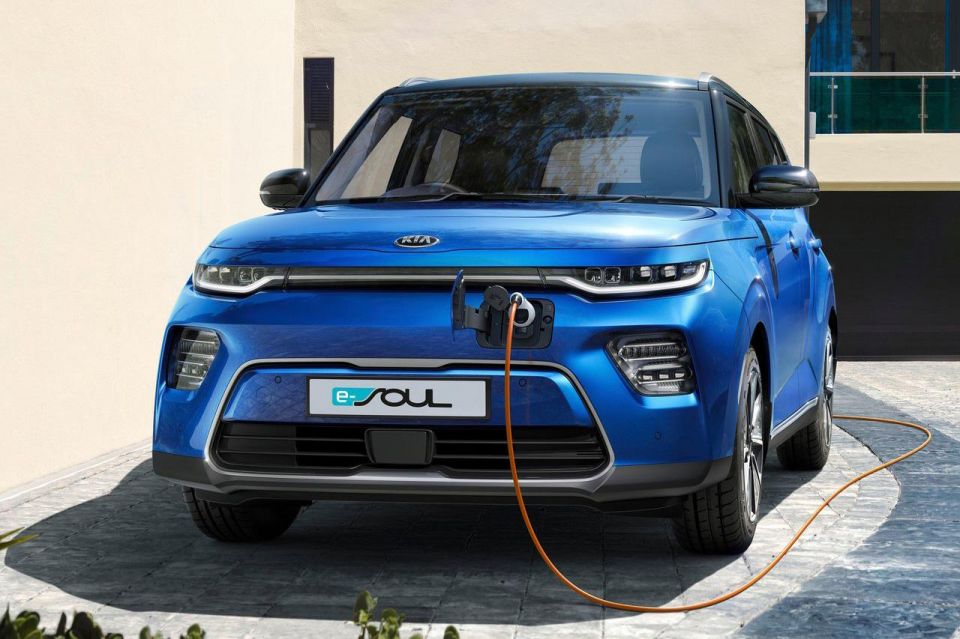
DM: You’d think that from a Government point of view that, without having any local manufacturing now that it would probably be a bit easier to get the rules and regs.
Let’s hope so. Let’s hope it’s fair, let’s hope it’s consistent, and it doesn’t favour anyone – it’s good for the industry – and away we go.
DM: I think what happens in Australia, is those things get lost because we’re on a three-year cycle with elections.
Policy tends to get lost and the soundbites seem to drive the situation. I just hope that what you said before, that we get some clarity with the EV white paper and it shows a bit of leadership and direction – that’s all, so we know what’s going on.
What I’m saying to you is, the soundbites dominate the output. I think it might have been Michaelia Cash, was it, said the Labor Party’s trying to take your big four-wheel drives, your weekends etcetera.
Well, let’s just get some clarity so we know what to do with [electric vehicles] as an industry.
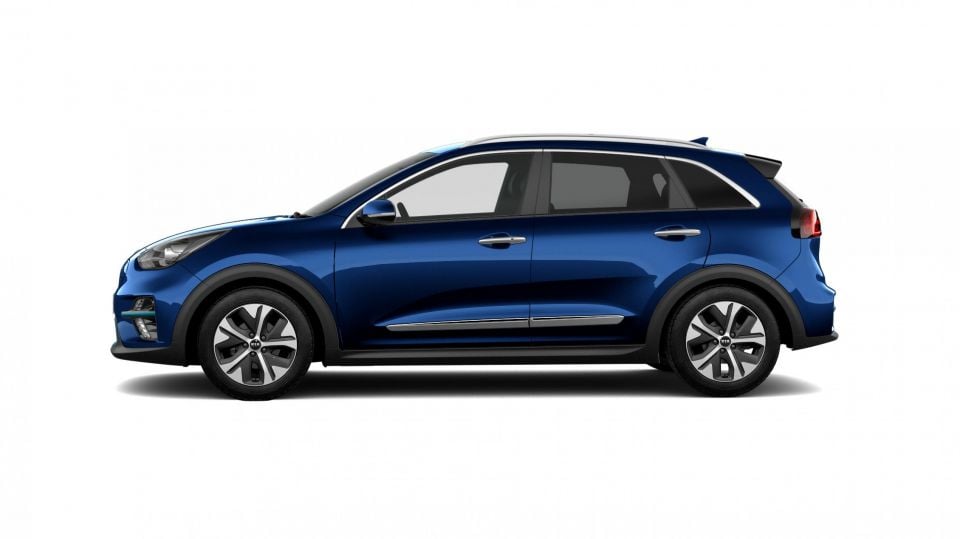
DM: I’m a great believer in the market needs to do that.
What’s I’d like to see in regards to product, I don’t want to see any incentive on product at all. What I’d like to see would be, I’d like to see the Government give direction in regard to policy and legislation, and second invest in infrastructure.
If we are going to be living in an electric vehicle world, we need infrastructure. Let’s get that right, and I don’t know the answer to this, but let’s work out what’s fair and reasonable for EVs to be running on our roads.
We don’t want a haves and have nots situation. Let’s get all those things clear and then as an industry we can make things better in regards to outputs, emissions, etecetera.
DM: That’s exactly what I’m saying. Do you really want a situation where you’ve got 10 per cent of the population driving around in EVs not paying… excise on fuel, and that creates a bit on angst when we don’t need to create angst.
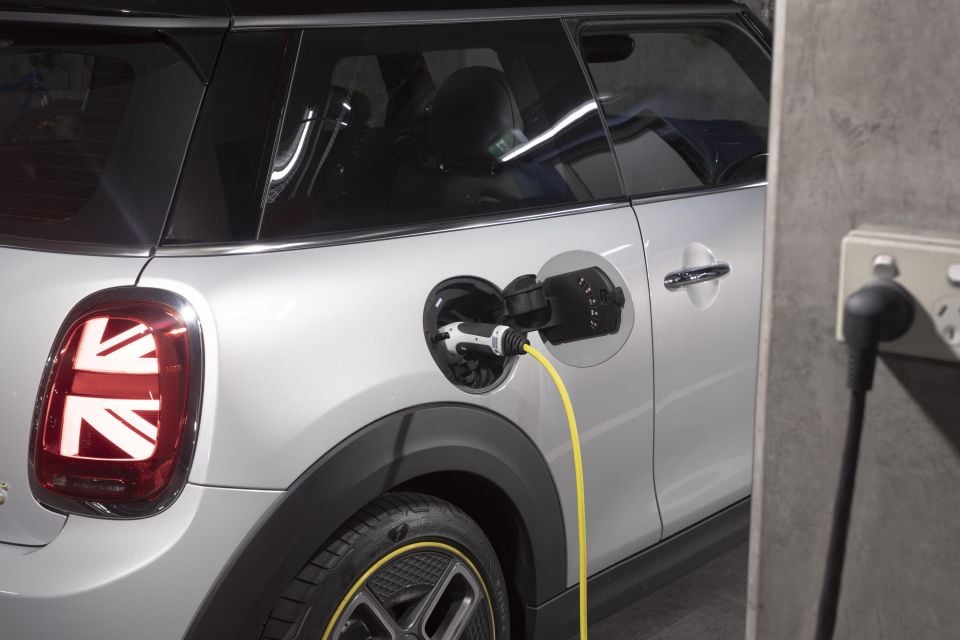
DM: I’ll just go back to what I said. It think it has to be a situation with the haves and have nots.
Let’s get clarity from a governmental point of view about what they want to do.
Do I think it’s fair that there’s probably a couple of thousand people – maybe that’s being un-generous to Tesla – there’s people driving around in EVs at the moment that don’t pay any fuel excise. Is that fair, when they’re using roads?
We’ve got to get the balance right straight away.
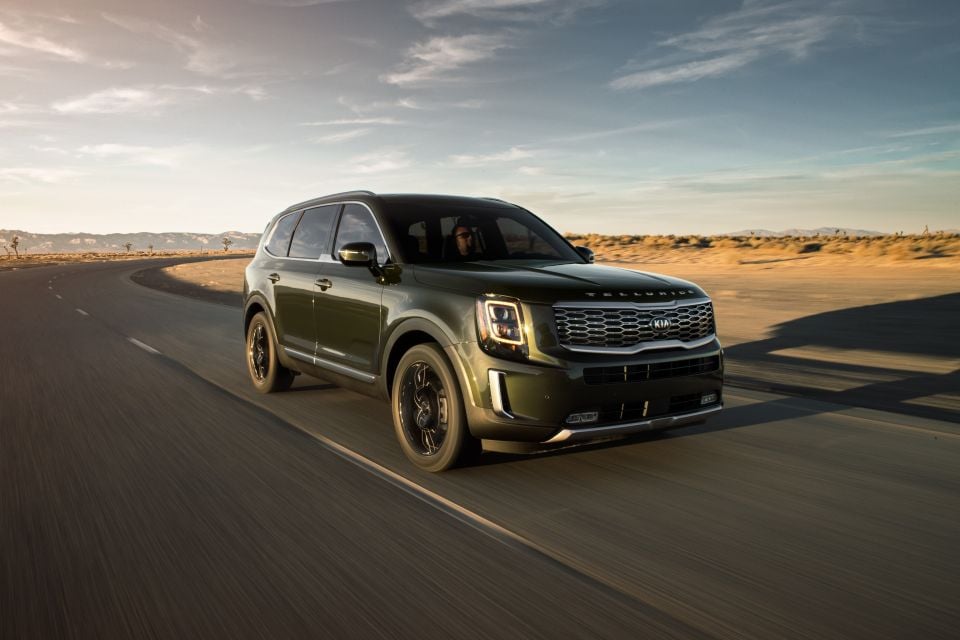
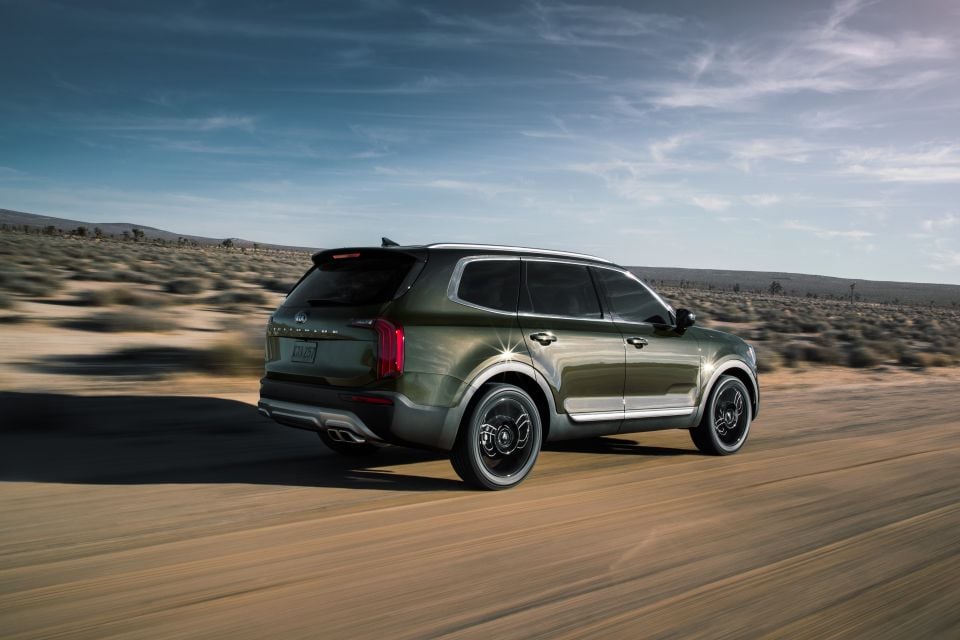
DM: No.
DM: They’re not going to build it in right-hand drive.
DM: I’ve said a lot about the light-commercial range over the years. I think what we’ve got to do is, we’ve got to wait for what Kia Motors Corporation (KMC) as a global entity wants to do with that.
I can’t speculate whether or not that’s going to arrive tomorrow, the next day, or the day after that.
DM: I see a lot of photos but none of them come from KMC.
I’ve received no information about the ute at all. With our light-commercial range, as I said, I think we’ve got to wait for the direction of KMC on that.
That’s not saying I don’t wish we have them now.

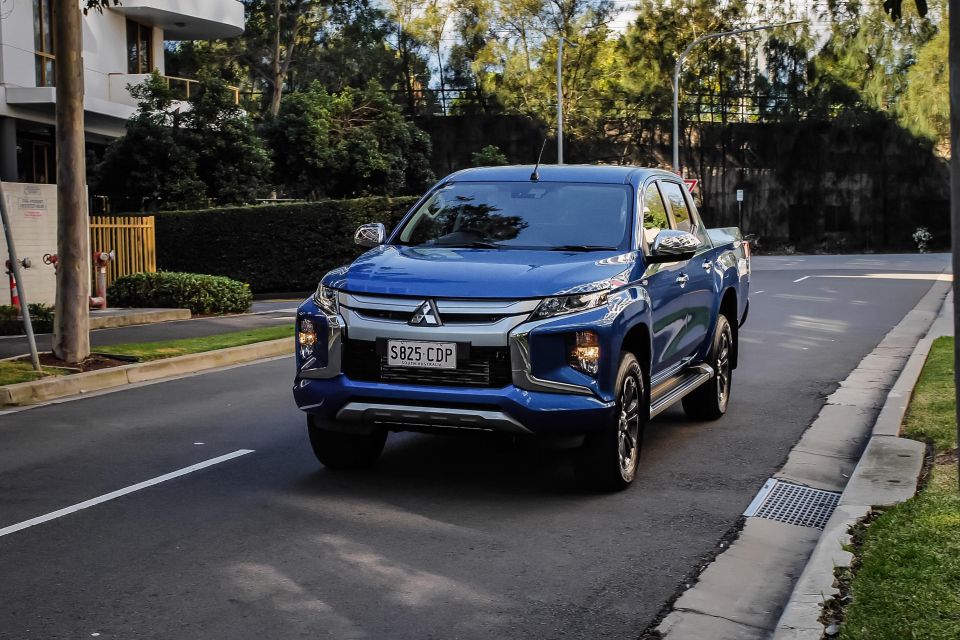
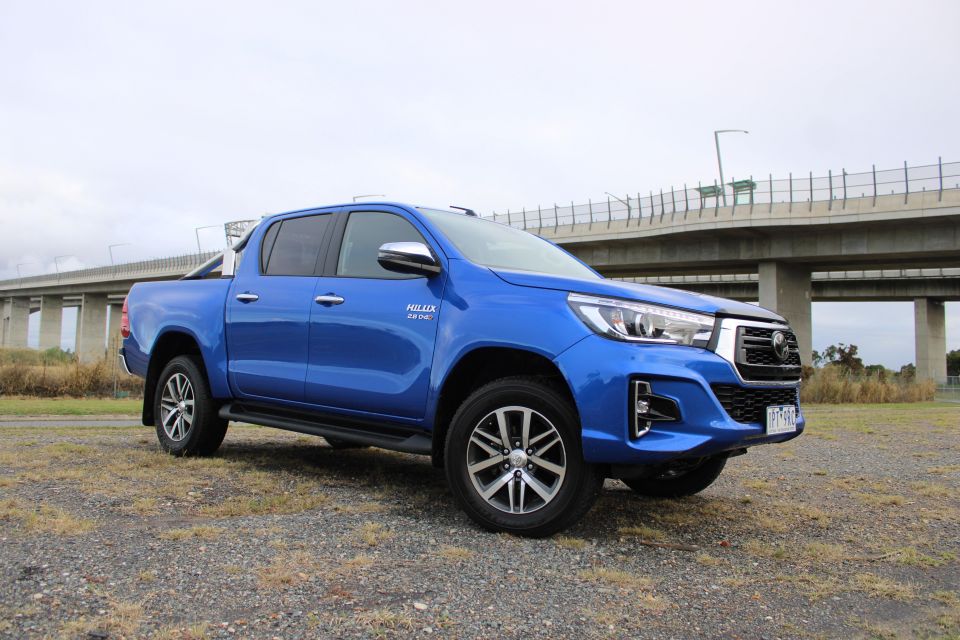
DM: 25 per cent of sales last month were light commercials. That’s incredible, incredible.
DM: We actually launched it last week, and we’ve actually sold as of Tuesday [07/07] we’ve sold eight cars.
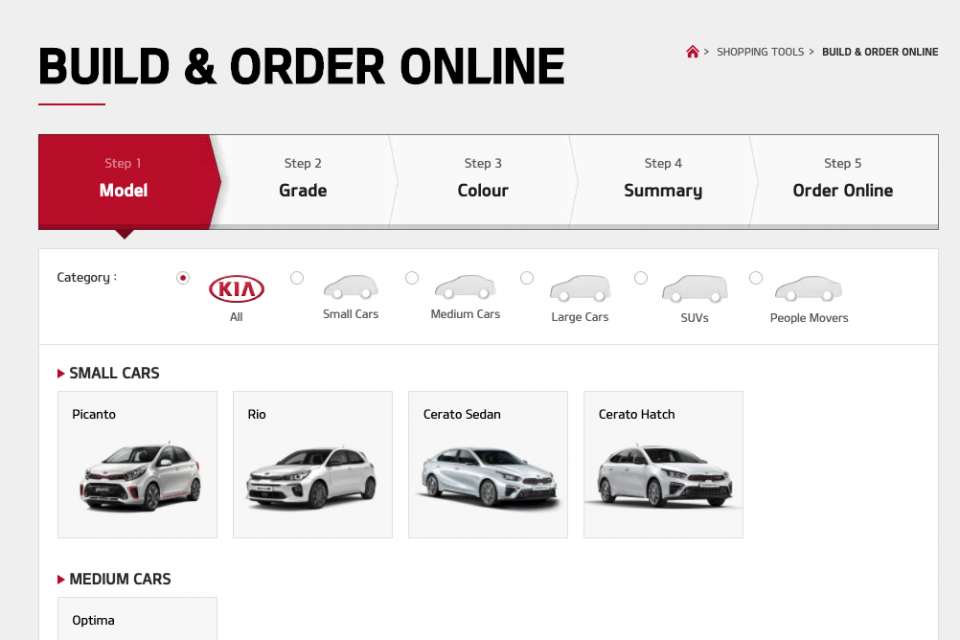
DM: Check stock, no.
Build and price, yes.
DM: Go to our website, see the micro page, hit it, away you go. You go step-by-step, you leave a $100 deposit and they can choose which dealer they want to deal with, and away you go. It’s pretty simple.
We’ve been pleasantly surprised at how well it went.
Last weekend was the first weekend, four cars were sold: two in Queensland, one in New South Wales, one in Victoria.
I’m a great believer in that wonderful setup between motor vehicle manufacturers and their franchise dealers, but necessity is the mother of invention, and what’s happened in the world over the last six months… you’ve got to be up to date with technology and what people require, what makes people feel comfortable with your brand.
If people want to buy over the net, we can satisfy that. I think that’s great.
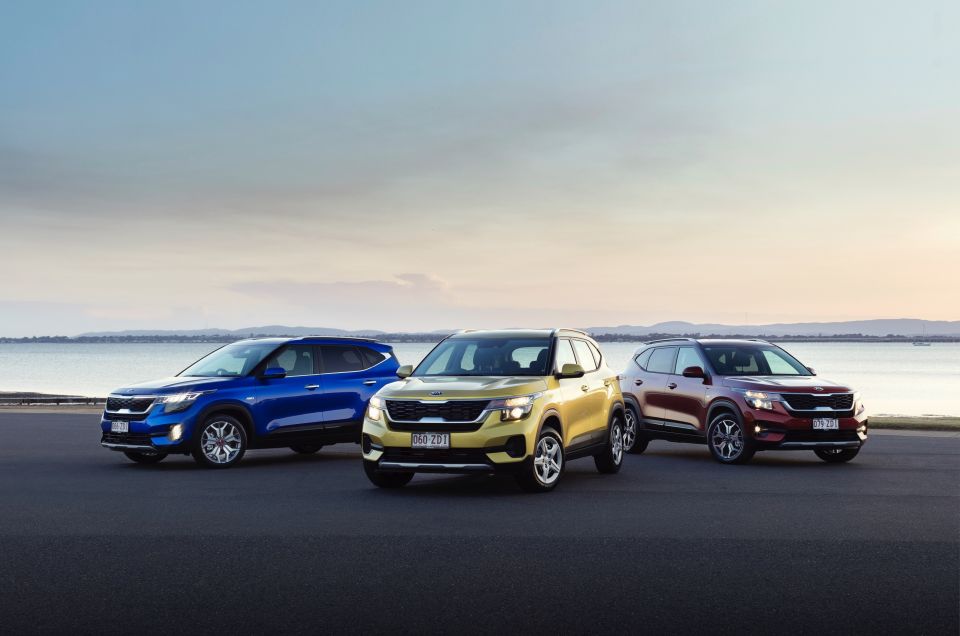
DM: We did this hand-in-hand with the national dealer council to make sure they were comfortable with it.
Obviously circumstances make it obviously probably a little bit more acceptable for everybody at this point in time, so it’s got the blessing of the dealer network.
Kevin Hepworth, Kia Australia PR boss: The dealers are not cut out of this process at all. Once the person who’s been shopping leaves their deposit, the dealer then gets back in touch with them to complete the process.
The dealer is still technically part of the process, it’s just the difference is the customer makes their own decision as to when and where, and then whether or not they want to go to the showroom at all. It’s all in the customer’s hands, but the dealer is not cut out of the process.
DM: I think the biggest challenge is the, I’ll call it uncertainty – it’s probably not the right word, but I’ll call it uncertainty – about the direction of fuel-type vehicles.
Are we going EV? Is there going to be a mix? It always seemed strange to me that we’re surrounded by LPG, but we’ve never used LPG… well we have, but it hasn’t been the main driver.
We’ve got all these options, and I think that’s going to be the challenge over the next, probably the next five to 10 years. Which direction do we go? Is it EV, is it hybrid, etcetera etcetera.
I always use the analogy when there was two types of video, there was VHS and there was Betamax. Beta was a higher qualirty, but VHS was far easier to use, so VHS won out.
I think it’s exciting, and what manufacturers have to do is choose the right direction and they’ll be the winners.
Where expert car reviews meet expert car buying – CarExpert gives you trusted advice, personalised service and real savings on your next new car.
Scott Collie is an automotive journalist based in Melbourne, Australia. Scott studied journalism at RMIT University and, after a lifelong obsession with everything automotive, started covering the car industry shortly afterwards. He has a passion for travel, and is an avid Melbourne Demons supporter.


William Stopford
5 Days Ago


Max Davies
4 Days Ago


Josh Nevett
3 Days Ago


Andrew Maclean
2 Days Ago


Shane O'Donoghue
2 Days Ago
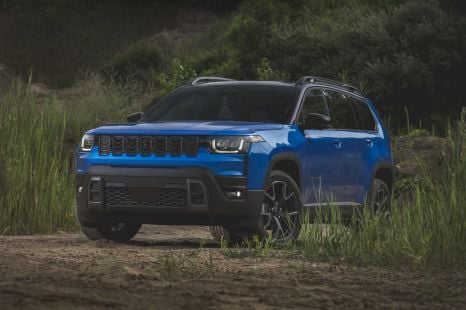

William Stopford
1 Day Ago